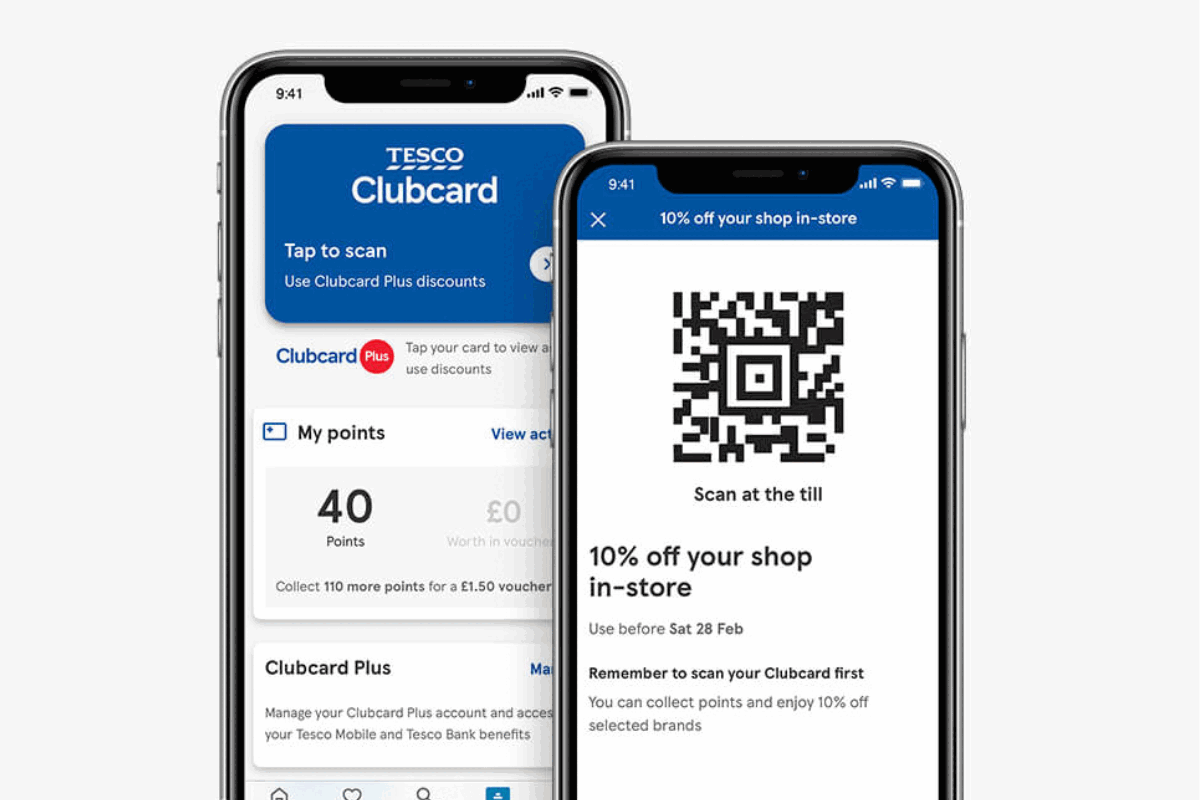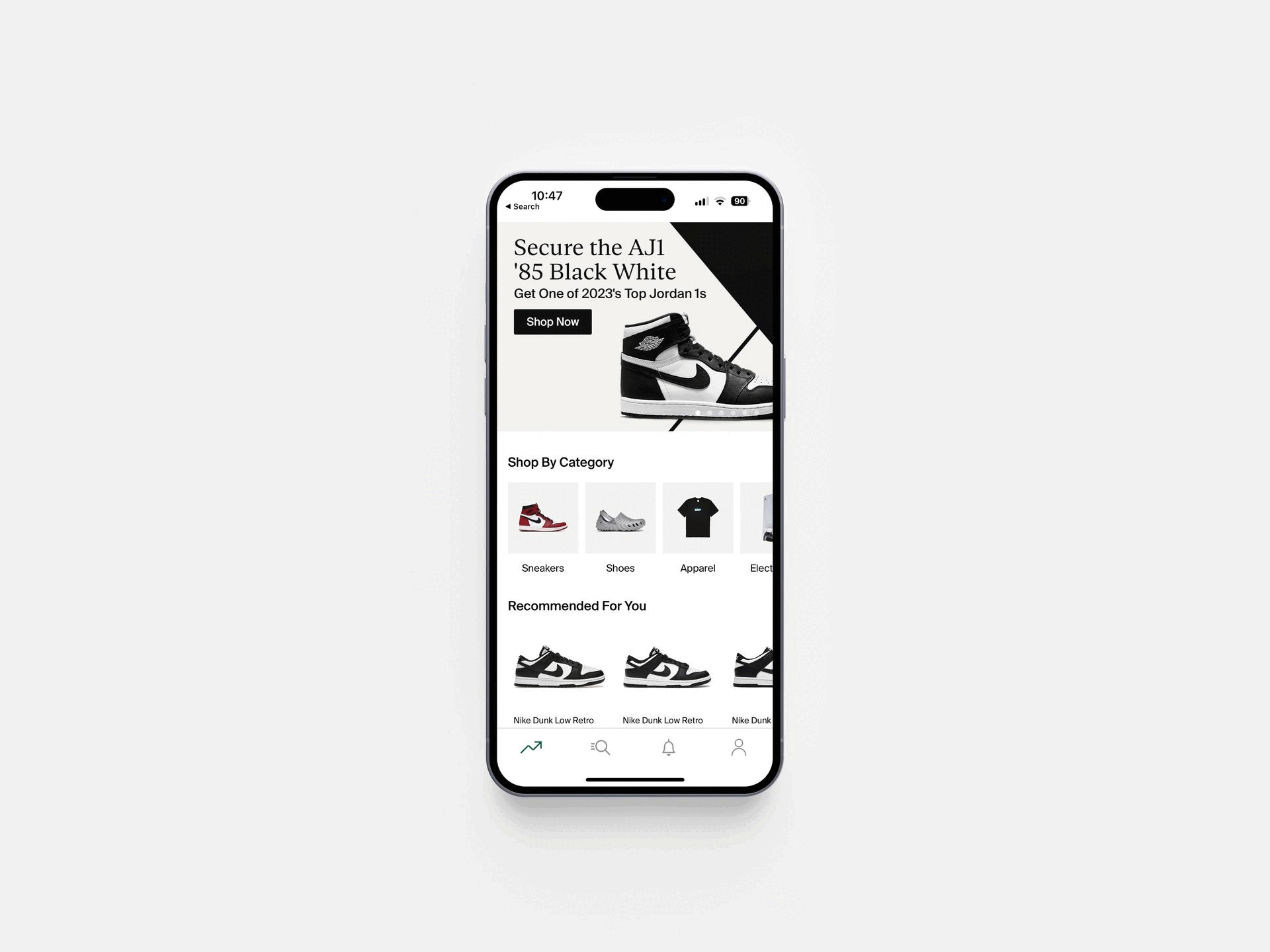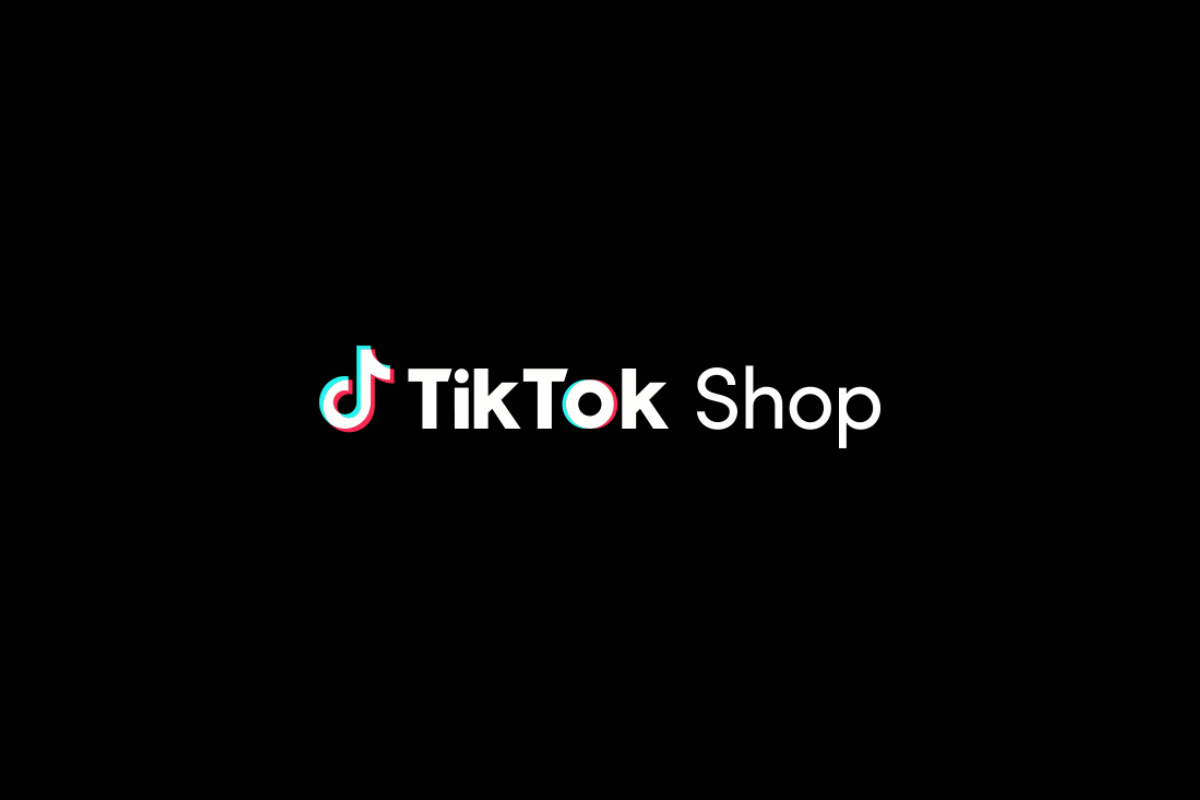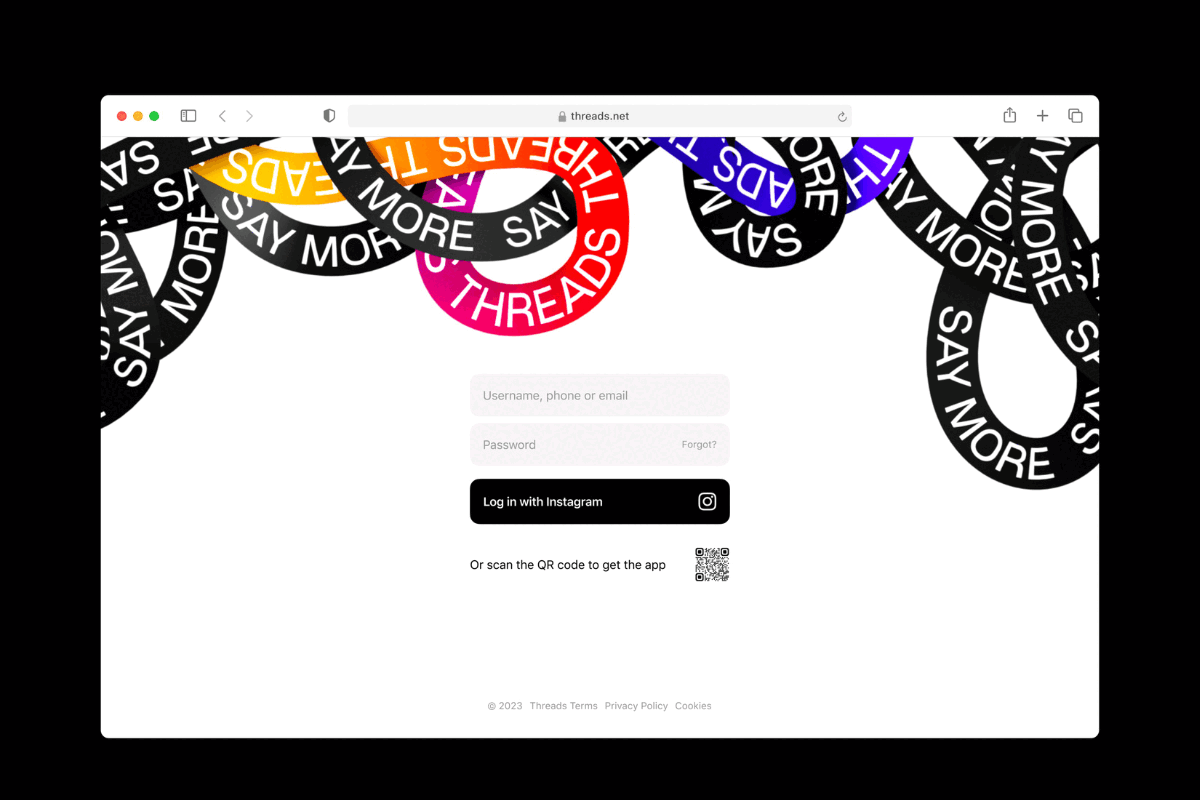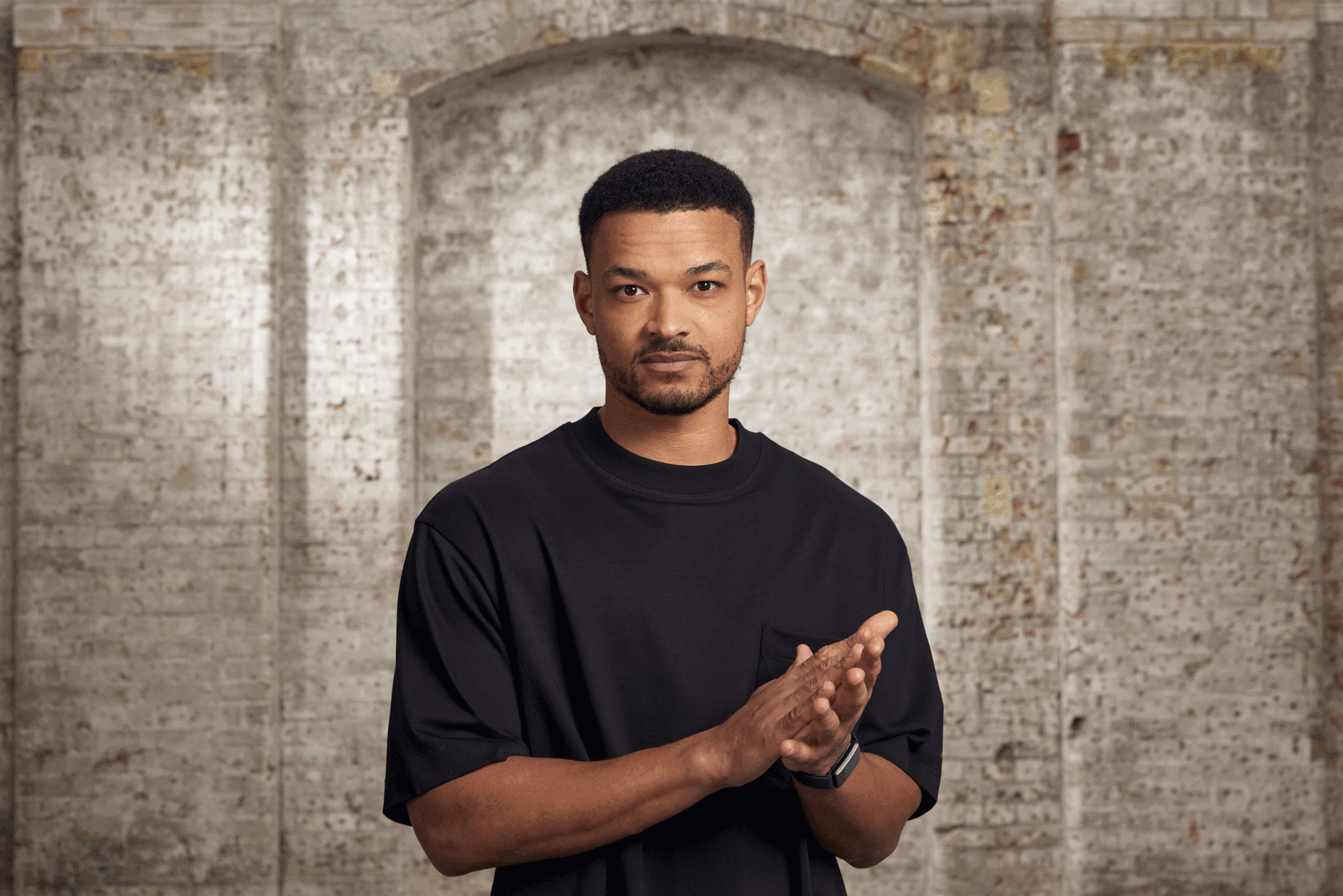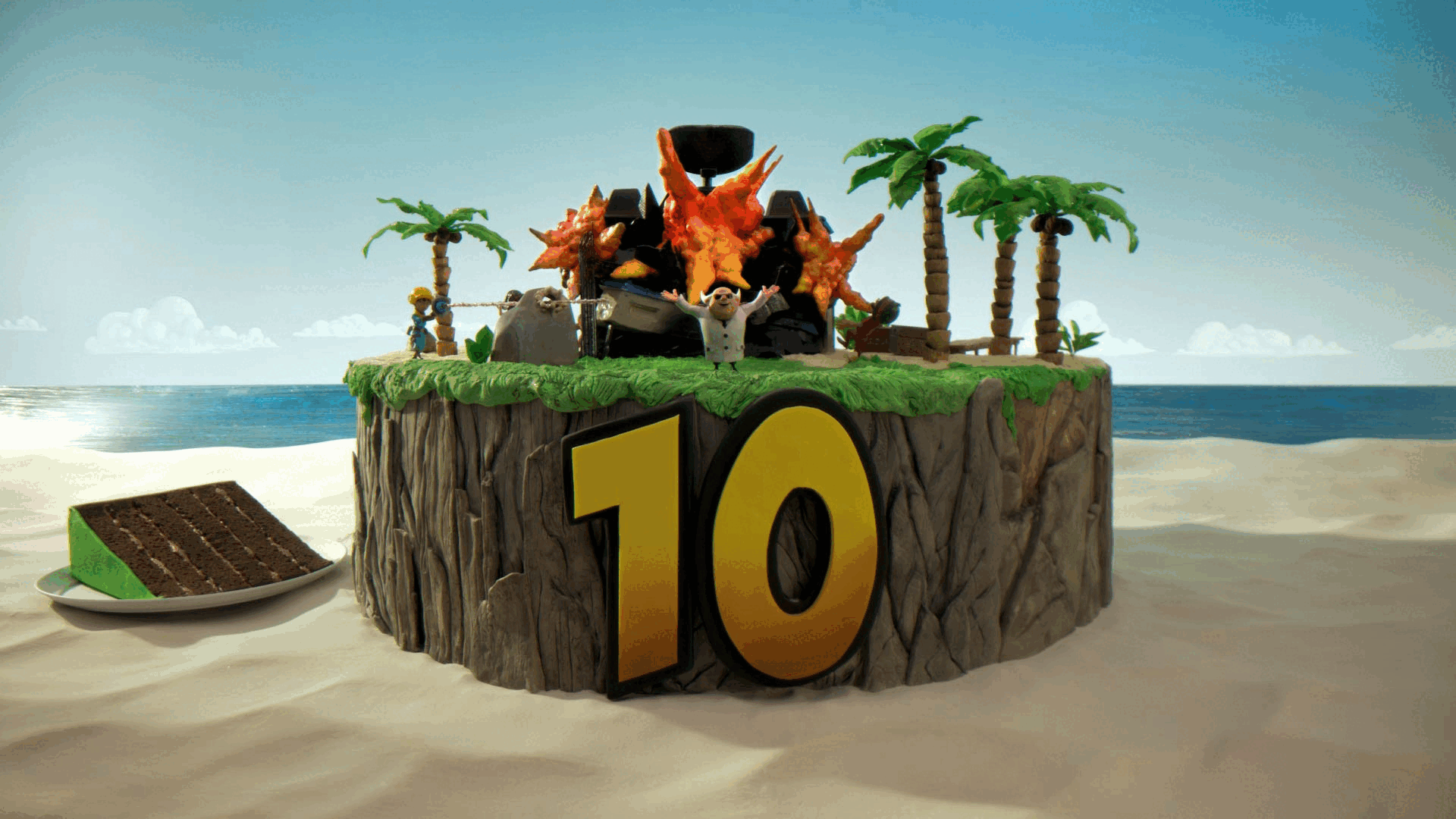Twitter Turns 10: A Brief History
- Monday, March 21st, 2016
- Share this article:
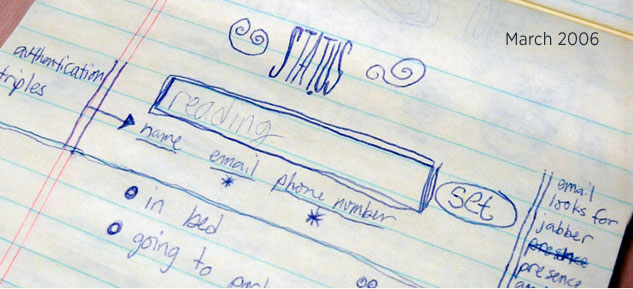
Twitter was first conceived in 2006, while Jack Dorsey was at New York University, as a way for individuals to broadcast messages to a small group via SMS. Dorsey worked at Odeo, a podcasting company founded by Evan Williams and Noah Glass which was beginning to flounder in the shadow of iTunes, and presented the idea during a hackathon set up in the hope of hitting on a new, more successful direction for the company.
Initially, though, the service was known as Twttr, at least partly because the twitter.com domain was already taken by a bird enthusiast. When Dorsey posted the first tweet on 21 March 2006 – 10 years ago today – it was on twttr.com.
just setting up my twttr
— Jack (@jack) March 21, 2006
The company wouldnt stump up the cash for those extra vowels for another six months, after its public launch in June 2006. For the first few months, Twttr remained a prototype used mostly by Odeo employees. Increasingly, though, the project became the companys focus, until in April 2007 Twitter was spun out into its own company.
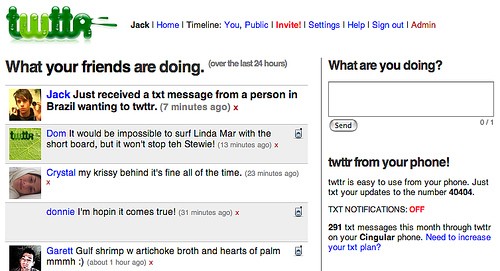
The Importance of Events
2007s SXSW is generally agreed-upon as the first real flashpoint for Twitter, as the company advertised on screens in the conference encouraging users to sign up via the companys shortcode – 40404, still in use today – and tweet about what theyd seen at the show, leading the number of daily tweets to reportedly triple, from 20,000 to 60,000. Its a feat that has been attempted by many tech startups since, and to some extent replicated since by Foursquare in 2009 and Meerkat in 2015 – though neither has managed to convert that buzz into long-term success like Twitters.
From there, the number of tweets being posted just kept on growing. At the start of 2008, Twitter processed 300,000 tweets per day. At the start of 2009, that figure had grown to 2.5m – and, by 2010, to 35m.
After the introduction of the hashtag in August 2007, as a way of linking related tweets together, Twitters association with world events was cemented.
In June 2009, the death of Michael Jackson provoked 100,000 related tweets per hour, causing Twitters servers to crash. Twitter records were broken following the 2010 NBA Finals (3,085 tweets per second) and repeatedly during the 2010 World Cup (2,940 tweets per second following Japans goal against Cameroon, 3,283 following Japans defeat of Denmark) and, in 2011, the Womens World Cup (7,196 tweets per second during the Japan vs US final).
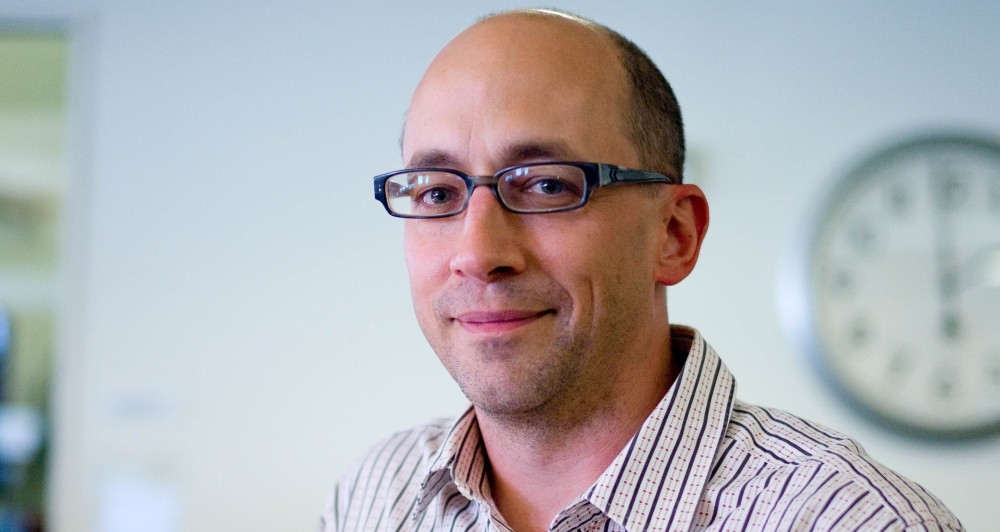
2010: Apps, ads and a new CEO
2010 was something of a landmark year for the company.
Despite having mobile front and centre since the early SMS days, Twitter didnt launch its own app until until April 2010. The company acquired Atebits, the developer of a third-party iOS Twitter client, and simply rebranded it to become the official Twitter app, launching an Android version later that month.
Probably not coincidentally, Twitter also introduced ads to its service that same April, in the form of Promoted Tweets. The Promoted Trends product followed in June that year, and Promoted Accounts in October – for more information on these, you can check out our recent rundown of Twitters ad offering.
Finally, in October 2010, the company appointed its longest-serving CEO to date: Dick Costolo, who had joined Twitter the previous January as COO. Costolo replaced Evan Williams, who had taken over from Jack Dorsey two years earlier.

Acquisitions, acquisitions, acquisitions
In the following years, as Twitter continued to grow – passing 100m MAUs in September 2011, and 200m in December 2012 – the company made a host of acquisitions. Since 2011, it has acquired 44 companies, starting with third-party monitoring platform Tweetdeck, which it bought for $40m in April 2011.
In October 2012 Twitter paid $30m for Vine, just four months after its inception, and spun the six-second video sharing service into its own app the following January. It acquired social TV analytics firm Bluefin Labs in February 2013 for a reported sum of around $100m, and digital and social business intelligence platform Trendrr that August.
In September 2013, it made its biggest acquisition up to that point, paying $350m for MoPub. Twitter bought the mobile ad exchange as a way of introducing RTB (Real Time Bidding) to its ad offering and building out its native ad product, which it further boosted through MoPubs $50m acquisition of Namo Media in June 2014.
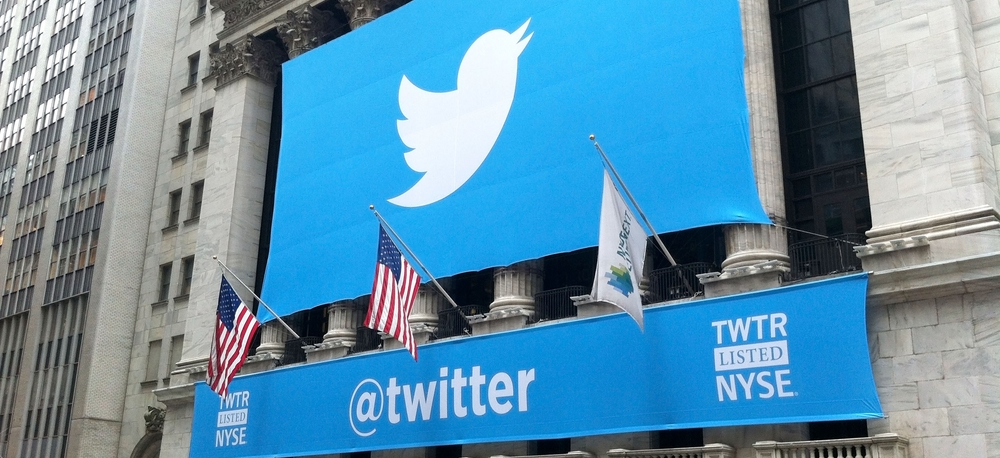
Going public
The next biggest step for Twitter came on 7 November 2013, when it floated on the New York Stock Exchange. The companys S-1 filing revealed that mobile accounted for 75 per cent of its 218m monthly active users (MAUs), and 65 per cent of all ad revenues. In case it wasnt clear enough from the figures – and the MoPub acquisition – Twitter laid out its key message in the filing: “Mobile has become the primary driver of our business.”
Twitter issued 70m shares, priced at $26 each. By the end of the first day of trading, each share was worth $44.90, giving the company a market capitalisation of $31.4bn.
Its first public financial results followed in February 2014, reporting revenues of $243m and net losses of $511m – the companys biggest loss to date by some distance, and chalked up to $521m of stock-based compensation expense.
Two years on from those first financials, Twitter this February posted revenues of $710m and losses of $90m. The company is yet to post a profitable quarter.
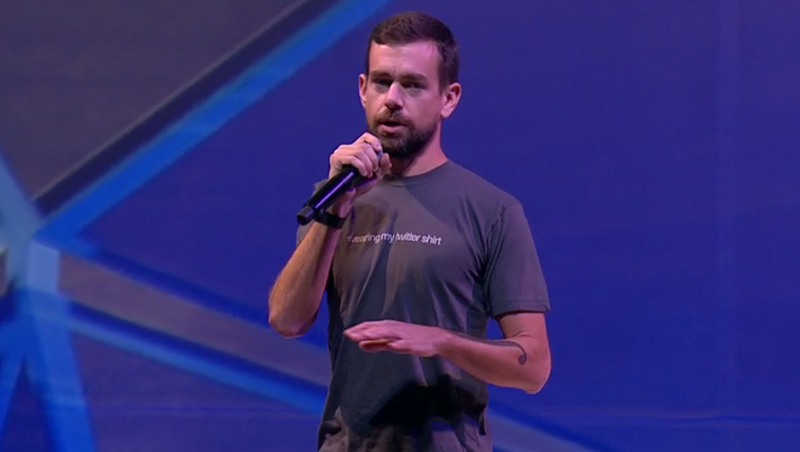
#RIPTwitter?
Overall, Twitters story so far has been one of undeniable growth, on every possible front – its user base, its revenues and the sheer breadth of its product, which now encompasses Vine, app monitoring service Fabric and streaming app Periscope, which it acquired in March 2015. In recent months, though, the company has started to face some serious concerns.
Today, shares in Twitter are worth just $16.84, well below their original IPO price, having declined from a high of $50.82 in April 2015.
In June 2015, Dick Costolo stepped down as Twitters CEO following a long period of criticism regarding the companys failures to hit revenue targets. In his place, Jack Dorsey was named interim CEO, juggling the responsibility with leadership of Square, the mobile payments company he had founded since leaving. Last October, he was named permanent CEO of Twitter. The following week Square filed for its own IPO, with Dorsey still at its head – making him the CEO of two public companies at the same time.
Arguably, though, what matters most is Twitters user base. The service has been struggling here, too, with reports of an algorithmic timeline prompting outrage from users. Perhaps encouragingly, most of them took to Twitter to express their dissatisfaction. Less encouragingly, enough users spoke out that the hashtag #RIPTwitter began trending on Twitters own service.
Even after these reports turned out to be only partially true – Twitter has now launched While you were away…, a small section at the top of the timeline that filters based on perceived user interests – they were enough to have a genuine impact on usage of the service.
In its Q4 2015 results, Twitter admitted that it had actually seen a slight decline in MAUs from the previous quarter. Its letter to shareholders assured that “we’ve already seen January monthly actives bounce back to Q3 levels”, but for a company which has grown so fast for so long, its undeniably a concerning precedent.





